Home>Gardening & Outdoor>Landscaping Ideas>What Organisms Eat Grass
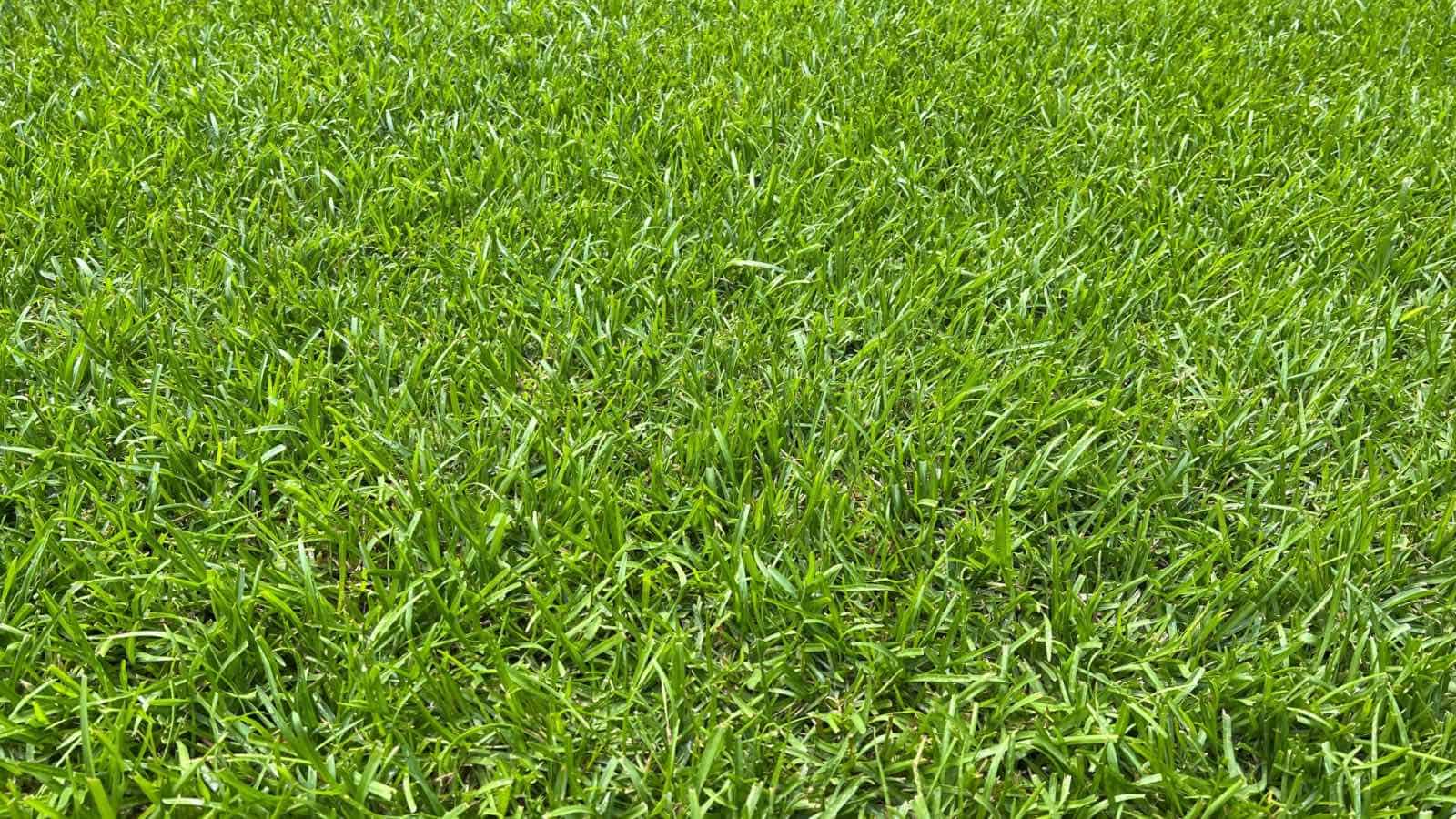

Landscaping Ideas
What Organisms Eat Grass
Modified: February 18, 2024
Discover landscaping ideas and learn about the organisms that eat grass in your yard. Enhance your outdoor space with our expert tips and advice.
(Many of the links in this article redirect to a specific reviewed product. Your purchase of these products through affiliate links helps to generate commission for Storables.com, at no extra cost. Learn more)
Introduction
Landscapes are often adorned with lush, green carpets of grass, adding natural beauty and providing a plethora of benefits to the environment. However, have you ever wondered who the primary consumers of this ubiquitous plant are? The answer lies in the intricate web of life that exists within ecosystems. In this article, we will delve into the fascinating world of organisms that rely on grass as a vital component of their diet. From the gentle grazers to the stealthy hunters, and even the microscopic decomposers, a diverse array of creatures play a role in the consumption and utilization of grass. Understanding these relationships sheds light on the interconnectedness of life and the delicate balance that sustains our natural world. So, let's embark on a journey to explore the captivating realm of organisms that feast on the verdant blades of grass.
Key Takeaways:
- Grass-eating organisms, from big herbivores to tiny insects, shape the landscape and provide essential nutrients for new grass growth, highlighting the interconnectedness of life in ecosystems.
- Predatory carnivores and adaptable omnivores play crucial roles in regulating herbivore populations and sustaining the resilience of grassland ecosystems, showcasing the diverse and dynamic interactions within these habitats.
Read more: What Eats Grass
Herbivores
Herbivores, also known as primary consumers, are the first link in the food chain that depends on grass as a primary food source. These creatures have evolved specialized digestive systems to efficiently process the fibrous cellulose found in grass. From majestic herbivorous mammals such as elephants and bison to tiny insects like grasshoppers and caterpillars, a diverse array of organisms thrive on a diet primarily composed of grass.
Large herbivores, such as zebras and giraffes, roam the savannas and grasslands, using their elongated necks and specialized teeth to graze on the tender shoots and leaves of grass. Their grazing behavior not only shapes the landscape but also influences the composition of plant species in the ecosystem. In contrast, smaller herbivores like rabbits and ground-dwelling rodents play a vital role in controlling the growth of grasses through their feeding activities, preventing unchecked proliferation that could disrupt the balance of the ecosystem.
Furthermore, herbivorous insects, including grasshoppers and caterpillars, exhibit remarkable adaptations to feed on grass. Their mandibles and specialized mouthparts allow them to consume grass blades and stems, making them an integral part of the grassland ecosystem. By consuming grass, herbivores contribute to nutrient cycling as they excrete waste, which enriches the soil and provides essential nutrients for the growth of new grass.
Overall, herbivores form an essential component of ecosystems, playing a crucial role in shaping the structure and dynamics of grasslands while simultaneously sustaining their own populations and those of the organisms around them.
Carnivores
While herbivores form the foundational level of the food chain by consuming grass, carnivores occupy the next tier as secondary consumers, preying on herbivores and other animals within the ecosystem. In grassland environments, carnivores exhibit a diverse range of hunting strategies and adaptations, each finely tuned to secure their next meal.
The grasslands are home to an assortment of carnivorous mammals, including the iconic big cats such as lions, cheetahs, and leopards. These apex predators rely on stealth, speed, and exceptional hunting prowess to pursue and capture herbivorous prey that graze on the grassy plains. Their presence exerts a top-down influence on the ecosystem, regulating herbivore populations and indirectly impacting the abundance and distribution of grasses and other plant species.
Moreover, birds of prey, such as hawks and eagles, soar above the grasslands, utilizing their keen eyesight and powerful talons to snatch up rodents, small mammals, and even other birds that inhabit the grassy terrain. Their aerial hunting techniques demonstrate the adaptability and resourcefulness of carnivorous organisms in exploiting the diverse array of prey that rely on grass for food and shelter.
Additionally, carnivorous insects, including predatory beetles and spiders, play a vital role in controlling herbivorous insect populations that feed on grass. These smaller yet equally effective predators contribute to the intricate balance of the grassland ecosystem by regulating herbivore numbers and mitigating potential damage to the grasses.
Overall, carnivores in grassland ecosystems contribute to the regulation of herbivore populations, exerting selective pressure that influences the behavior and distribution of herbivorous organisms. Through their predatory activities, carnivores play a pivotal role in shaping the dynamics of the grassland community, contributing to the overall resilience and stability of the ecosystem.
Tip: Many organisms eat grass, including herbivorous mammals like cows and deer, as well as insects like grasshoppers and caterpillars. Additionally, some birds, such as geese and sparrows, also feed on grass.
Omnivores
Within the dynamic tapestry of grassland ecosystems, omnivores occupy a unique niche as versatile consumers capable of exploiting a wide range of food sources, including grass, insects, small mammals, and fruits. Their adaptable dietary preferences enable them to thrive in diverse habitats, exhibiting a remarkable degree of flexibility in their foraging behaviors and feeding habits.
One of the most emblematic omnivores found in grasslands is the omnivorous bear. These formidable creatures possess a varied diet that includes grasses, roots, berries, insects, and occasionally small mammals. Their ability to consume grass complements their omnivorous tendencies, allowing them to capitalize on the abundance of plant resources available in the grassland environment.
Moreover, certain species of birds, such as crows and ravens, display omnivorous feeding habits, scavenging for insects, seeds, and even small vertebrates within the grassy expanses. Their opportunistic nature and diverse diet contribute to the efficient utilization of resources within the grassland ecosystem, showcasing the adaptability of omnivorous organisms in exploiting the available food sources.
Furthermore, omnivorous rodents, including mice and rats, play a pivotal role in the grassland community by consuming grass seeds, insects, and even small vertebrates. Their diverse diet and foraging activities contribute to the dispersal of seeds and the regulation of insect populations, thereby influencing the composition and structure of the grassland flora and fauna.
Overall, omnivores play a multifaceted role in grassland ecosystems, capitalizing on the abundance of resources and contributing to the intricate web of interactions that shape the dynamics of the environment. Their adaptive feeding strategies and diverse dietary preferences underscore the resilience and versatility of omnivorous organisms in thriving within the grassland habitat.
Decomposers
Amidst the vibrant tapestry of grassland ecosystems, decomposers fulfill a critical role in the recycling of organic matter, facilitating the breakdown of plant material, including grass, and returning essential nutrients to the soil. These microscopic organisms, including bacteria, fungi, and detritivorous invertebrates, play a pivotal role in the decomposition process, contributing to the sustainability and fertility of grassland soils.
Bacteria are fundamental agents of decomposition in grasslands, as they possess the enzymatic machinery necessary to break down complex organic compounds present in grass and other plant material. Through their metabolic activities, bacteria convert organic matter into simpler compounds, releasing vital nutrients that can be utilized by plants for growth and development.
Furthermore, fungi, including mushrooms and molds, contribute to the decomposition of grass by secreting enzymes that degrade cellulose and lignin, the structural components of plant cell walls. This process liberates valuable nutrients, such as nitrogen and phosphorus, which are essential for the growth of grasses and other plant species in the grassland ecosystem.
Detritivorous invertebrates, such as earthworms and millipedes, also play a crucial role in the decomposition of grass and organic matter. These organisms consume decaying plant material, breaking it down into smaller particles and facilitating its incorporation into the soil. In the process, they aerate the soil and enhance its structure, promoting the circulation of air and water and creating favorable conditions for plant growth.
Overall, decomposers are indispensable contributors to the functioning of grassland ecosystems, driving the breakdown of organic matter and the recycling of nutrients. Their activities sustain the fertility of grassland soils, supporting the growth of grasses and other plant species and perpetuating the intricate web of life that thrives within these dynamic and diverse habitats.
Read more: What Eats The Grass
Conclusion
The consumption of grass by a myriad of organisms transcends mere sustenance; it underpins the intricate web of interactions that define grassland ecosystems. From the gentle herbivores that graze on verdant pastures to the stealthy carnivores that prowl the grassy plains, each organism plays a unique role in shaping the dynamics and resilience of these diverse habitats.
Herbivores, as primary consumers, not only derive nourishment from grass but also influence the structure and composition of plant communities, exerting a profound impact on the landscape. Their feeding activities regulate the growth of grasses and shape the availability of resources within the ecosystem.
Meanwhile, carnivores, as secondary consumers, contribute to the regulation of herbivore populations, exerting selective pressure that influences the behavior and distribution of herbivorous organisms. Their predatory activities play a pivotal role in shaping the dynamics of the grassland community, contributing to the overall resilience and stability of the ecosystem.
Omnivores, with their adaptable dietary preferences, showcase the versatility and resourcefulness of organisms in exploiting the diverse array of food sources available within the grassland environment. Their adaptive feeding strategies and diverse dietary preferences underscore the resilience and versatility of omnivorous organisms in thriving within the grassland habitat.
Furthermore, decomposers, through their vital role in the recycling of organic matter, sustain the fertility of grassland soils, supporting the growth of grasses and other plant species. Their activities perpetuate the intricate web of life that thrives within these dynamic and diverse habitats.
In essence, the consumption of grass by organisms within grassland ecosystems embodies a complex and interconnected tapestry of relationships. Understanding these interactions not only enriches our appreciation of the natural world but also underscores the significance of preserving these habitats and the diverse array of organisms that rely on them. By safeguarding the delicate balance of grassland ecosystems, we ensure the continued flourishing of the myriad organisms that depend on grass as a vital component of their existence.
Frequently Asked Questions about What Organisms Eat Grass
Was this page helpful?
At Storables.com, we guarantee accurate and reliable information. Our content, validated by Expert Board Contributors, is crafted following stringent Editorial Policies. We're committed to providing you with well-researched, expert-backed insights for all your informational needs.
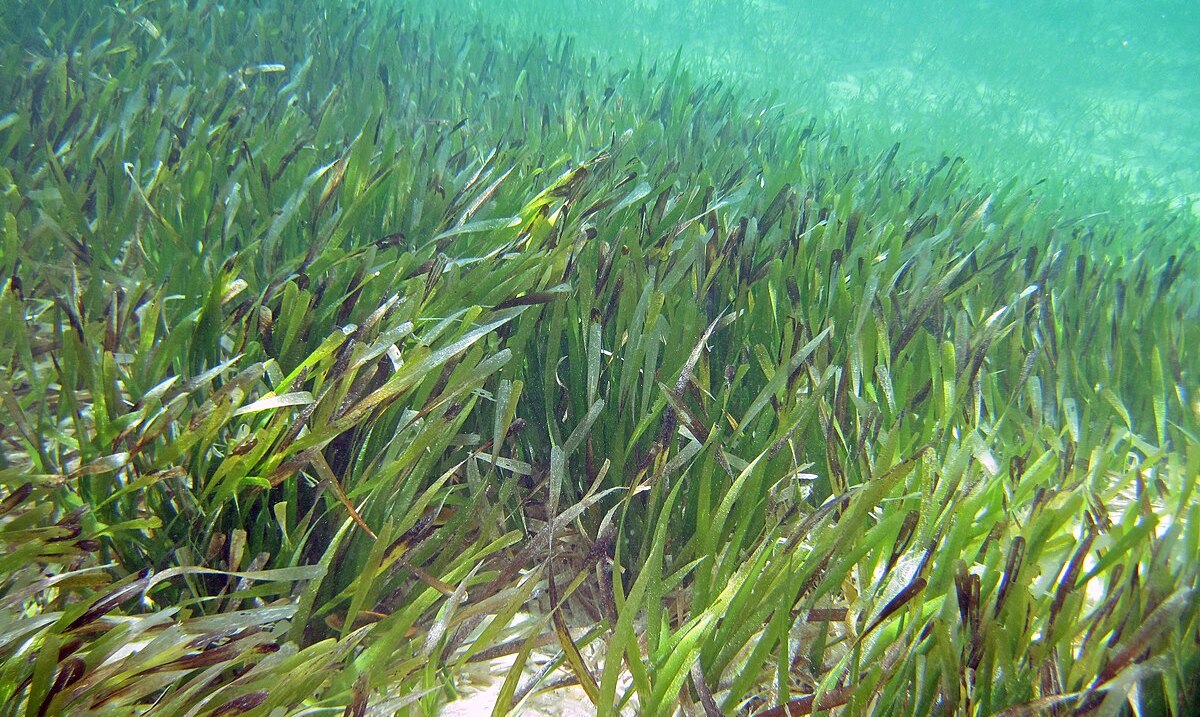
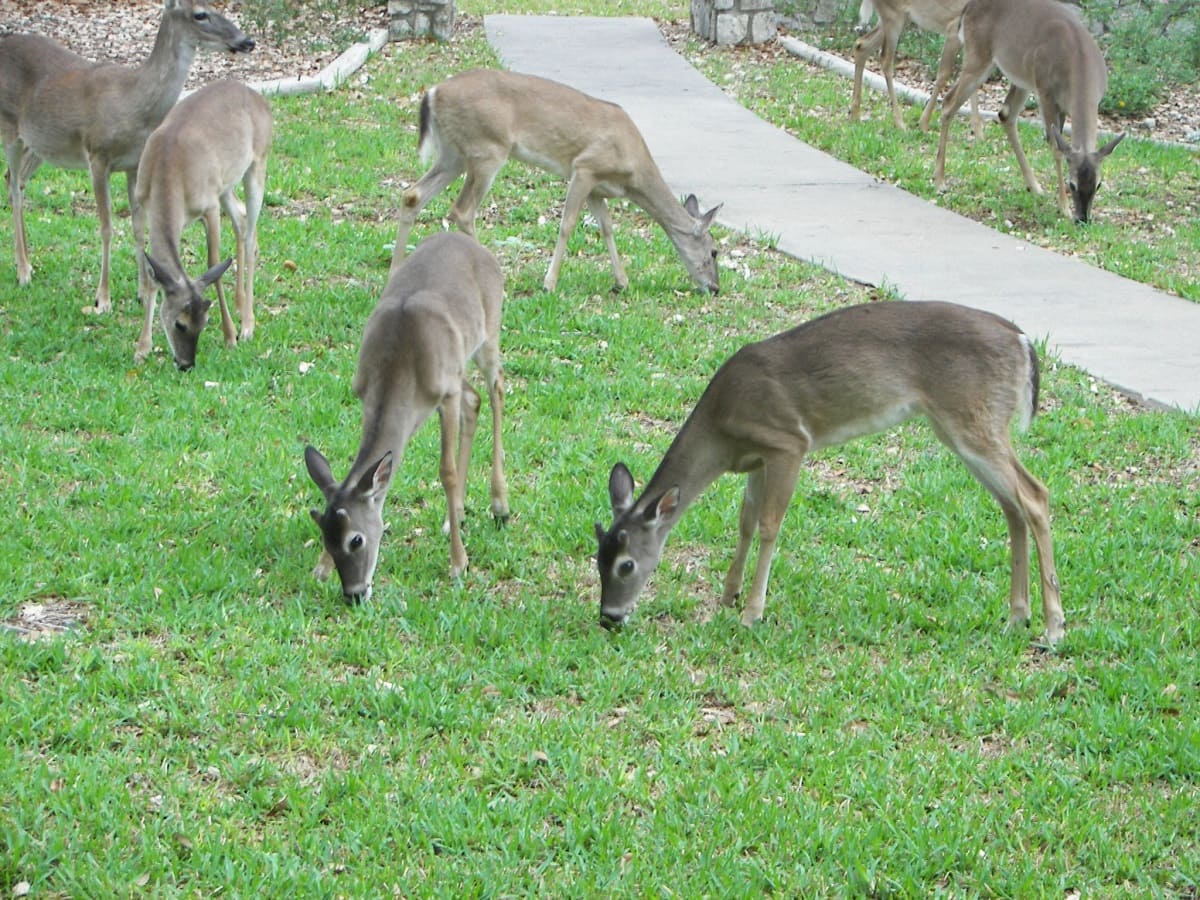
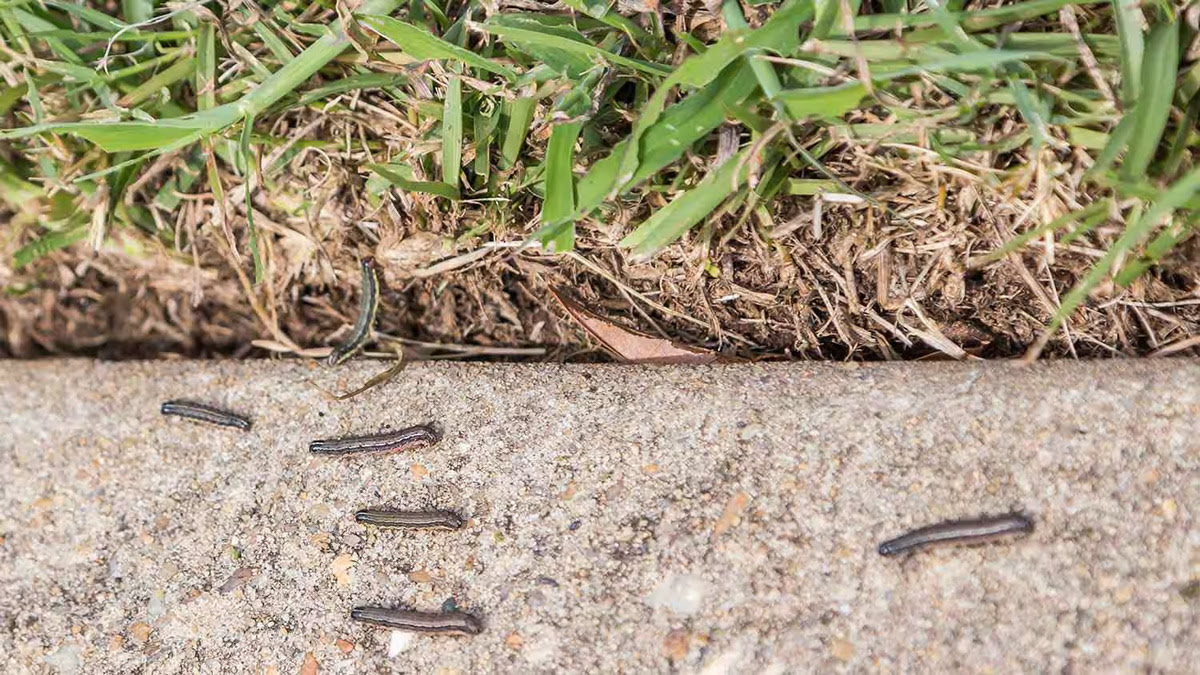
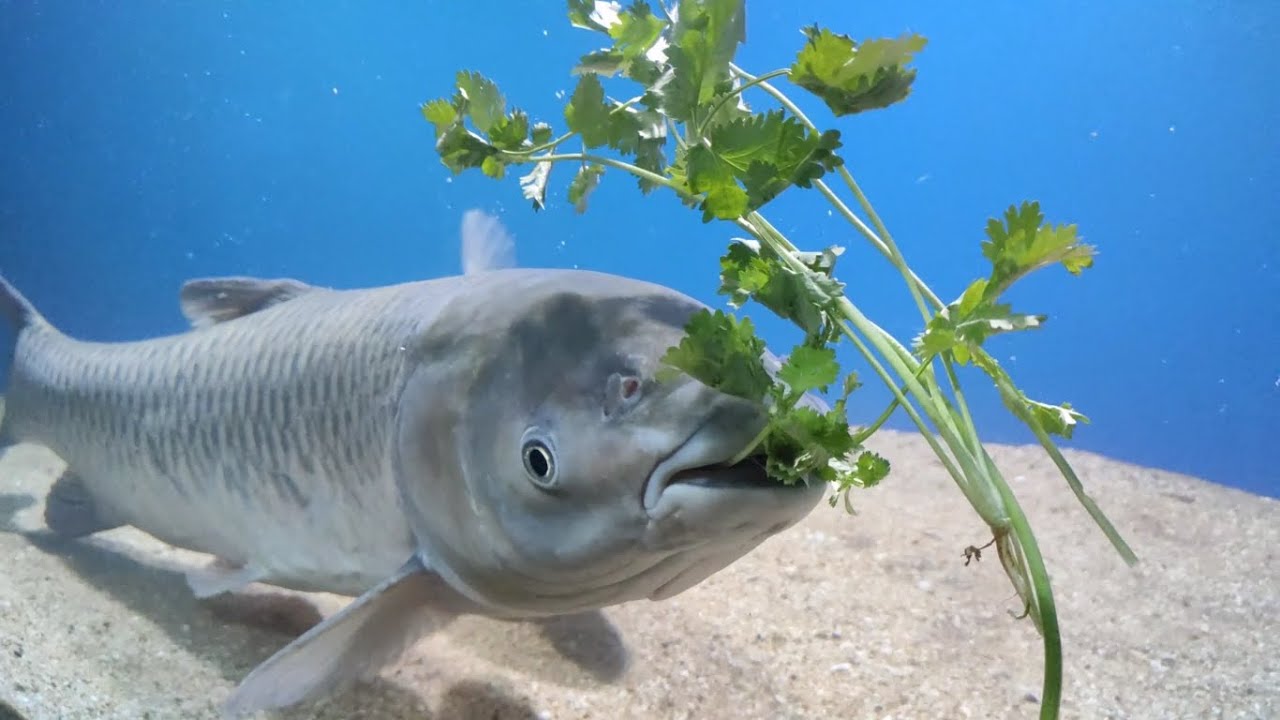
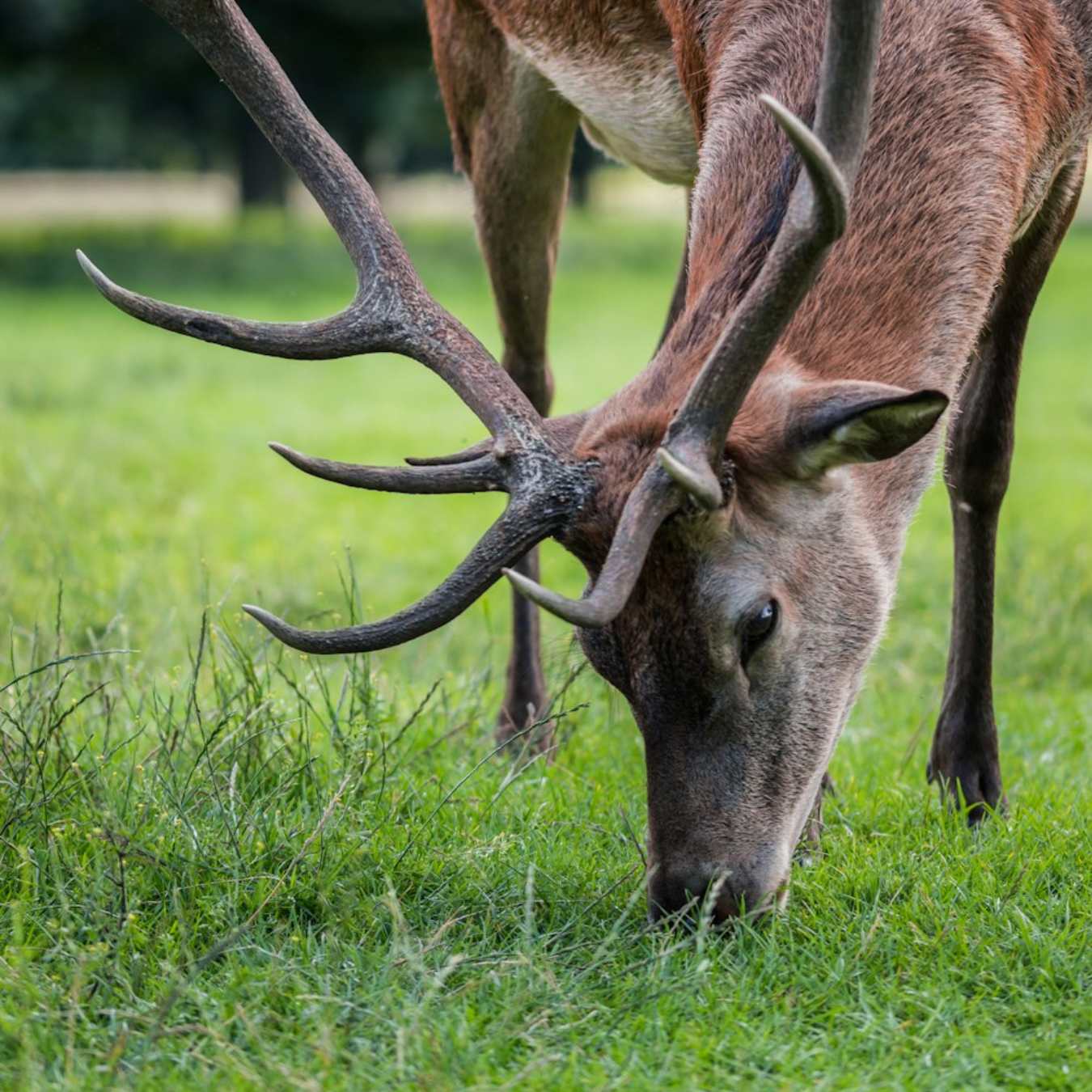
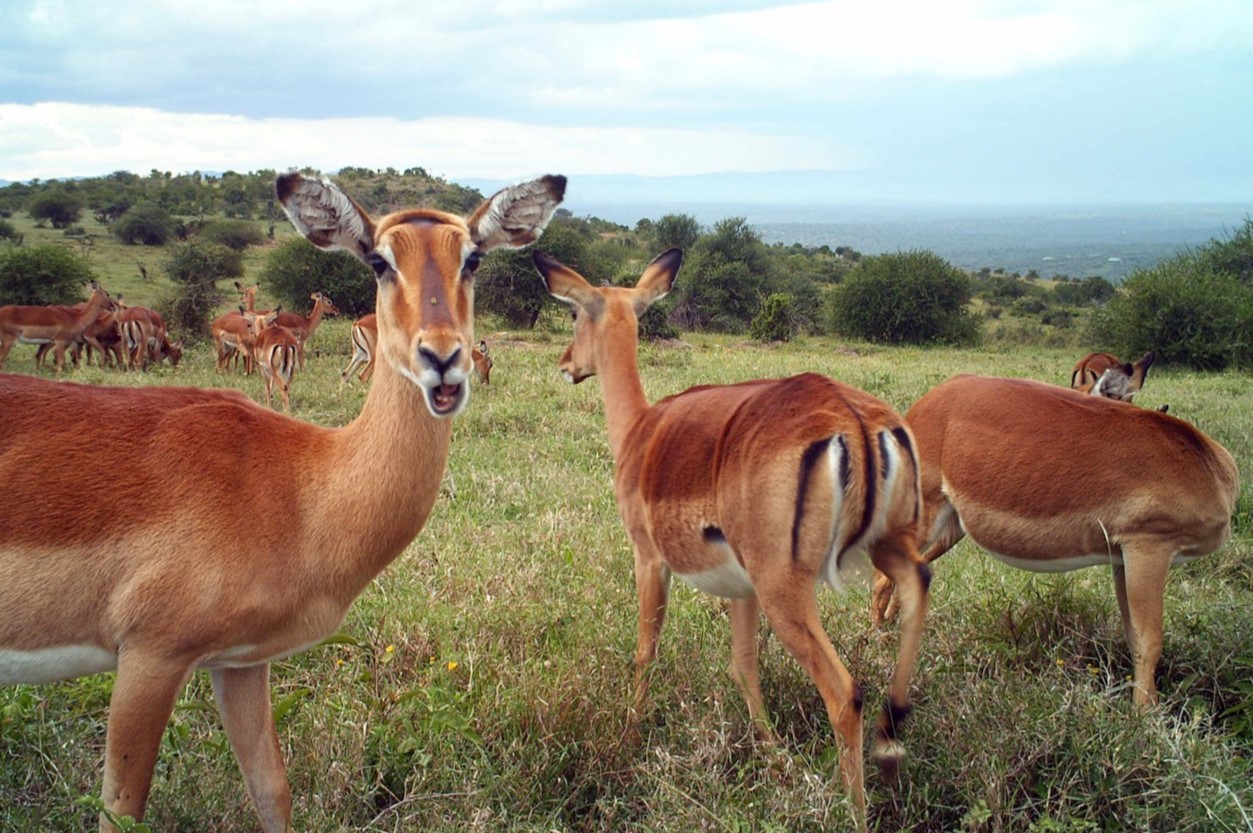
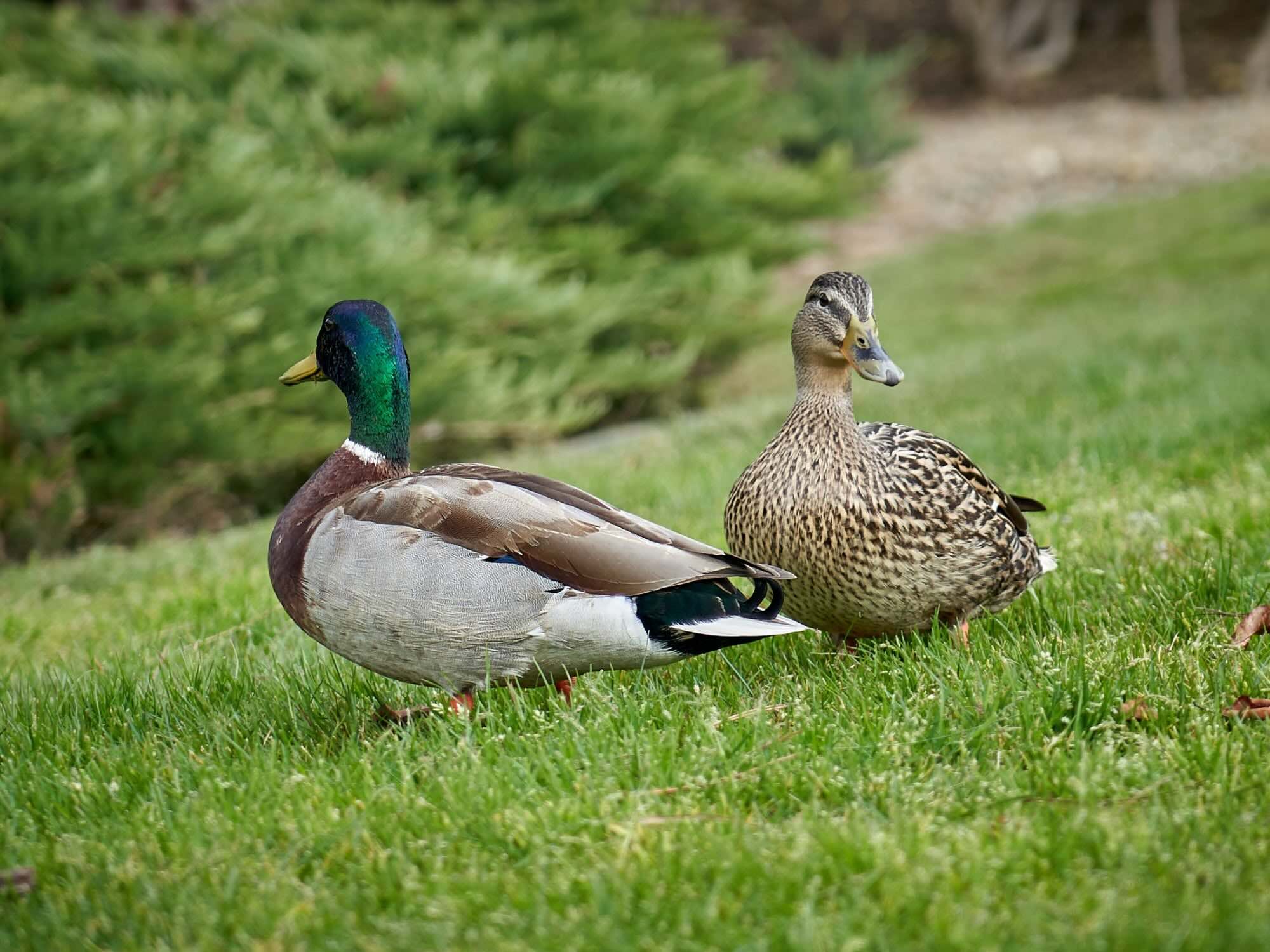
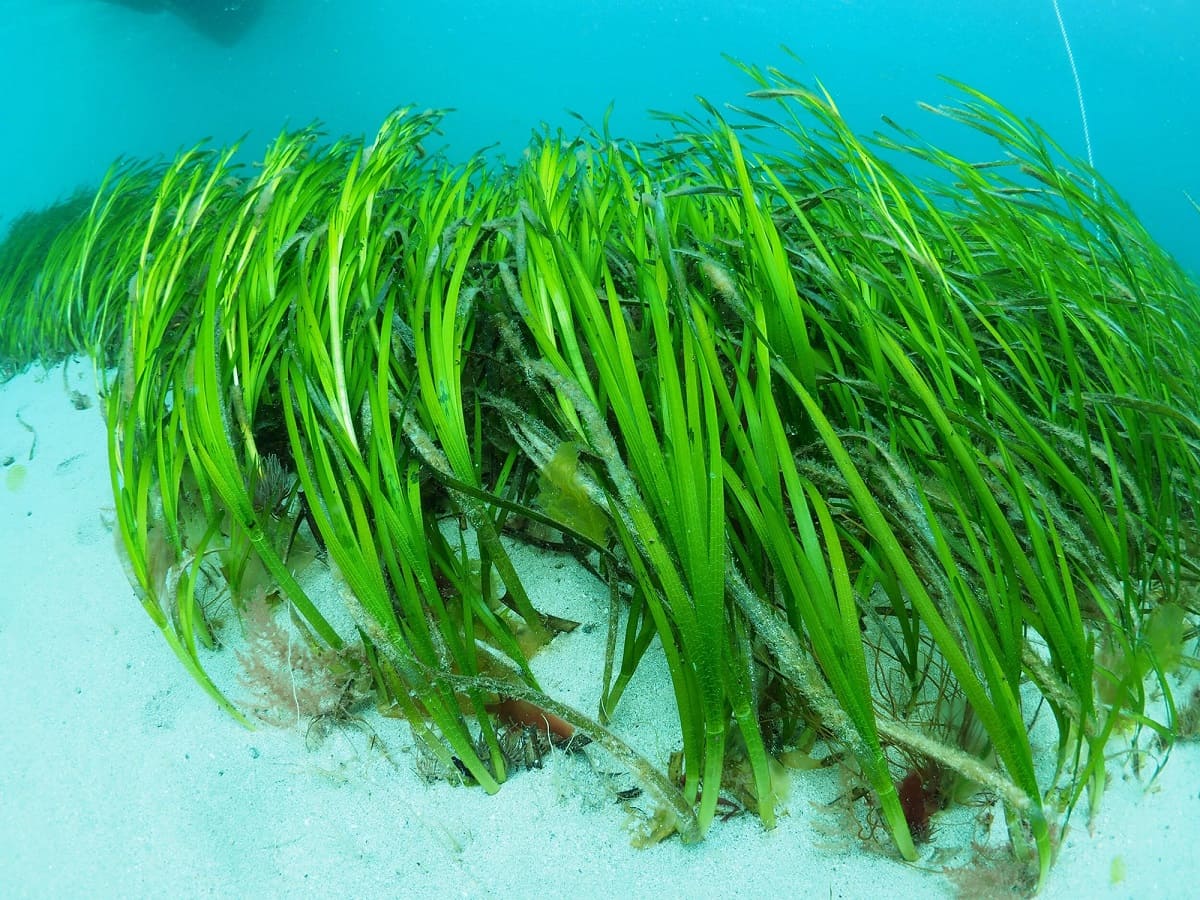
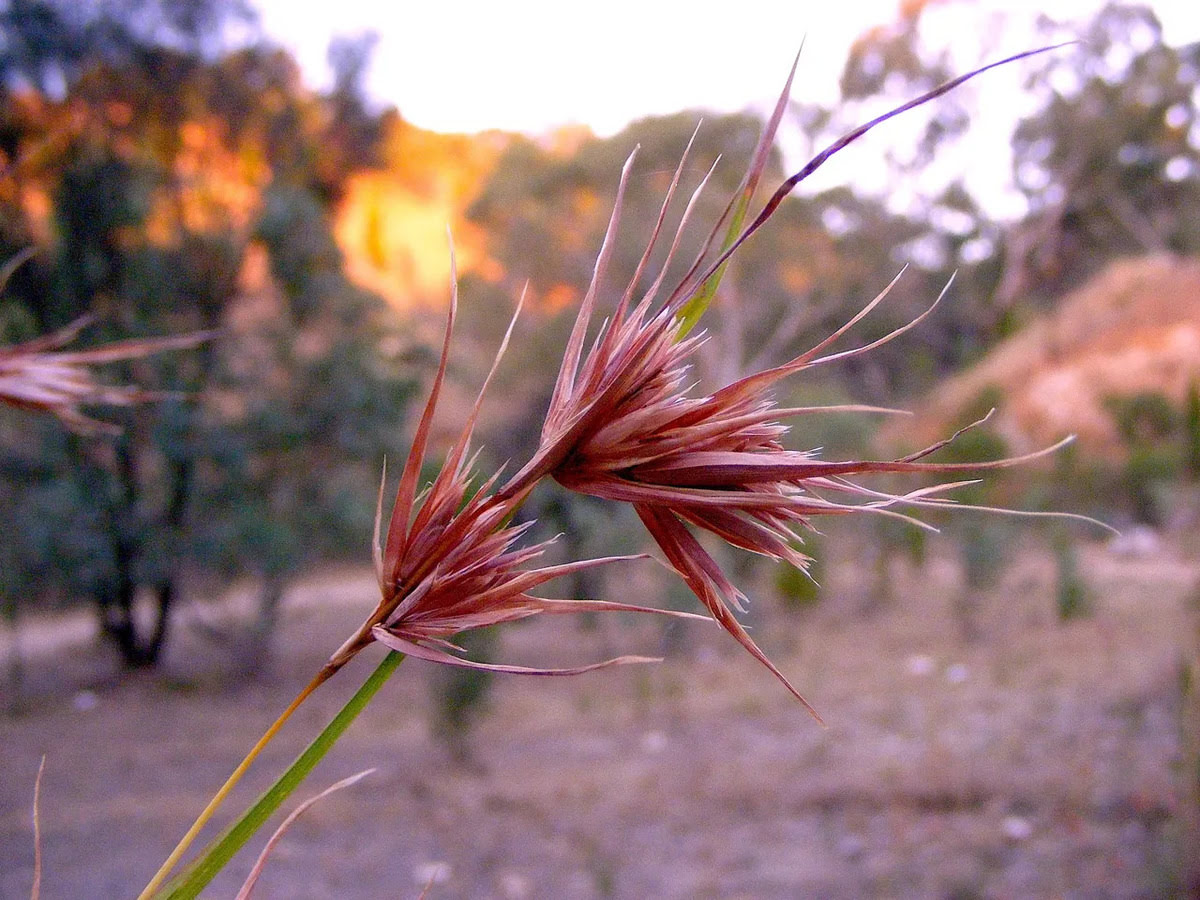
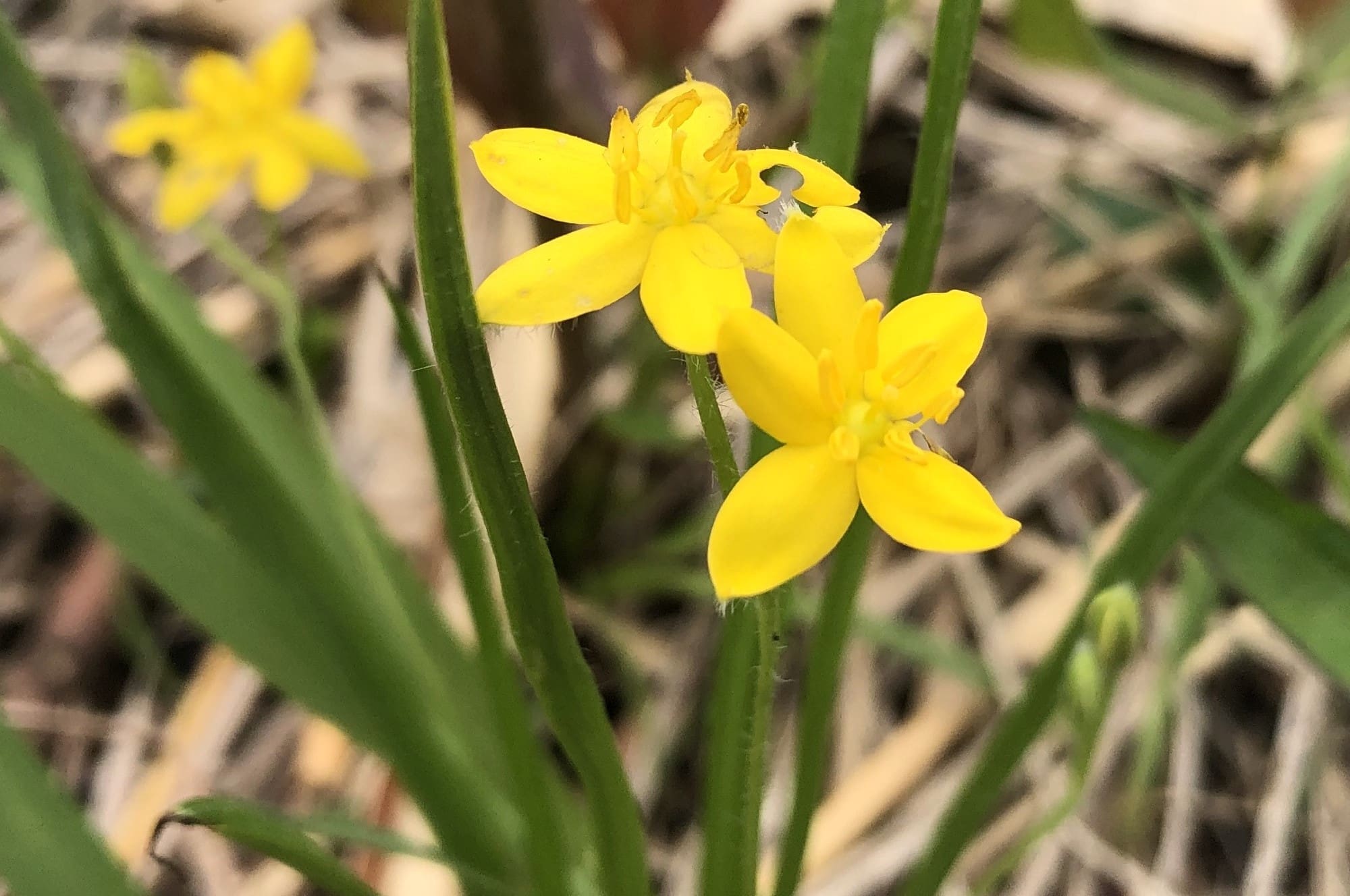
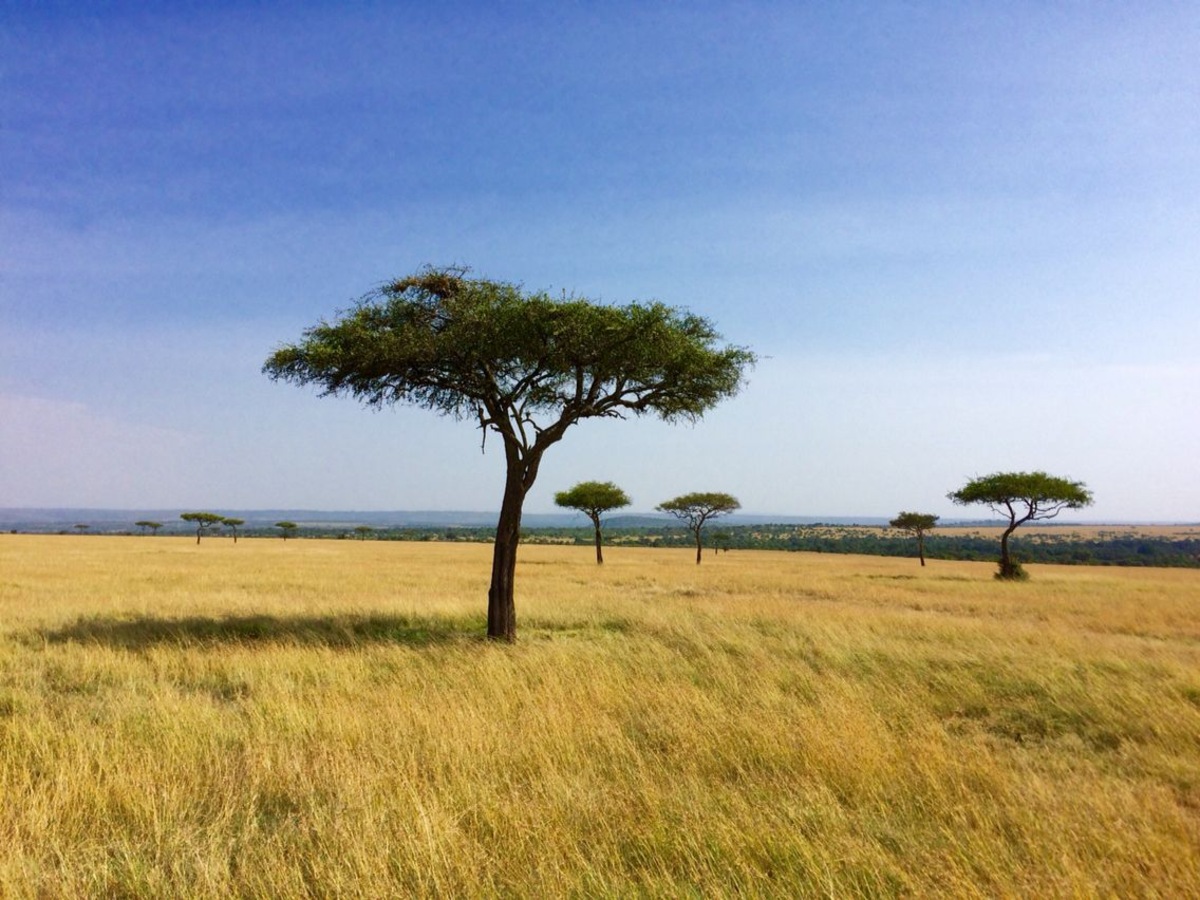
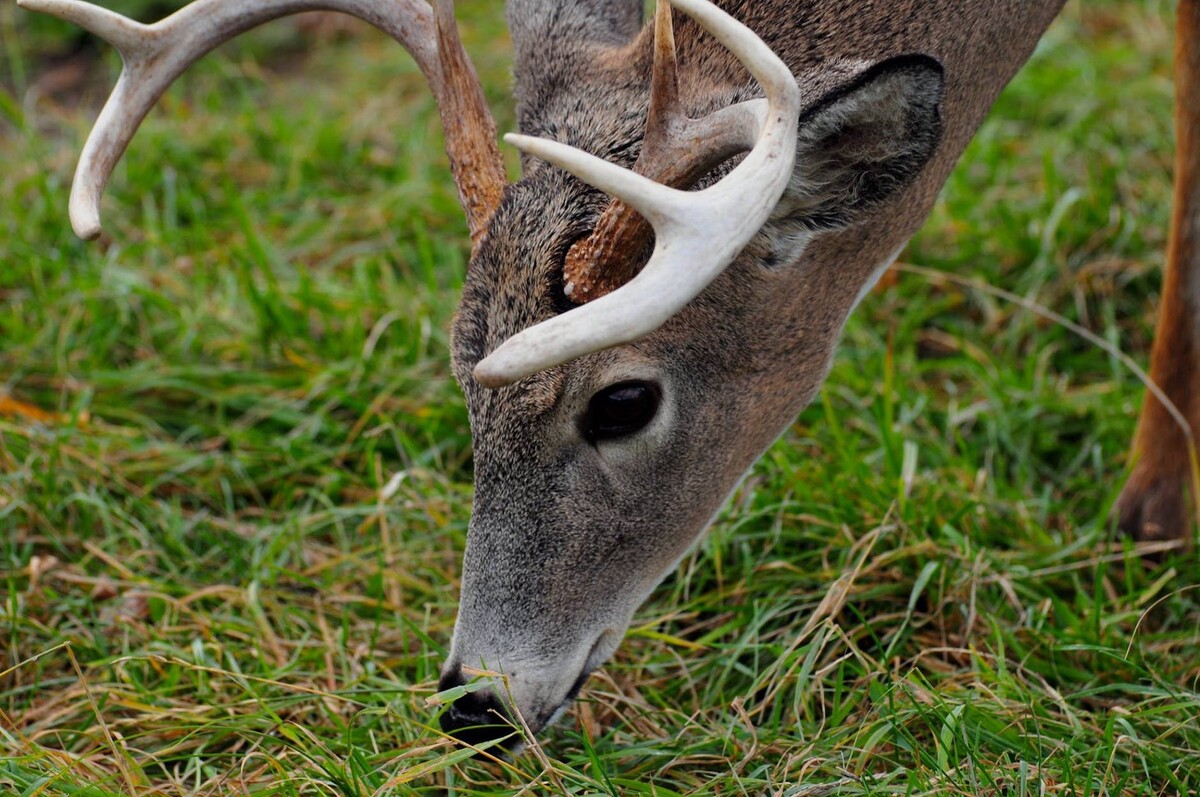
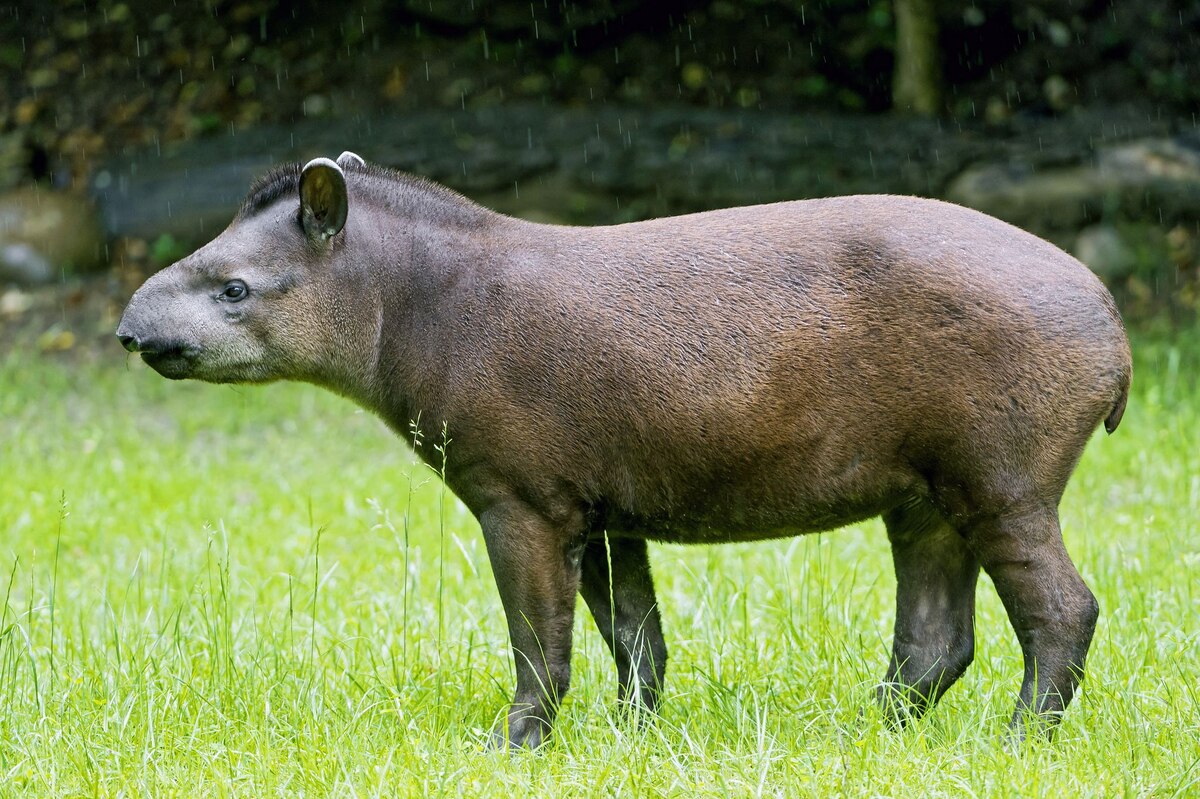


0 thoughts on “What Organisms Eat Grass”